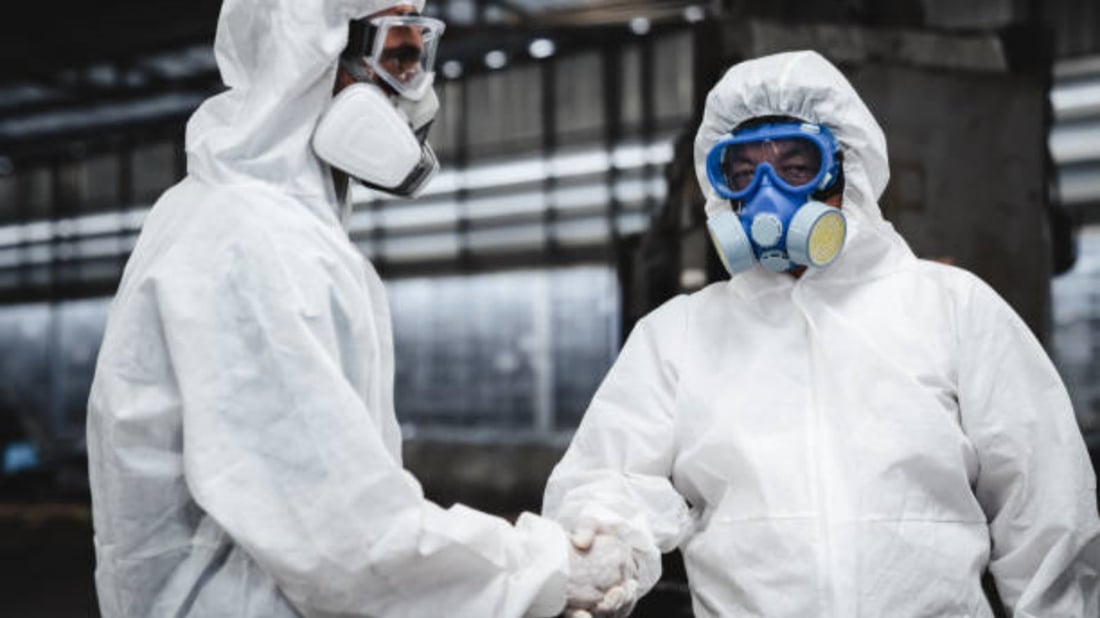1. The Importance of protective work clothing
Protective work clothing is a crucial component of workplace safety across various industries. It is designed to protect workers from potential hazards, minimize the risk of accidents, and ensure their overall well-being. This article explores the different aspects of protective work clothing and its significance in promoting a safe working environment.
2. Understanding the Role of Protective Work Clothing
Protective work clothing serves as a barrier between the worker and the surrounding environment, shielding them from potential dangers. It includes items such as helmets, safety goggles, gloves, coveralls, aprons, and safety shoes. Each piece of protective clothing serves a specific purpose and is essential for different job roles and industries.
3. Ensuring Personal Protection with Protective Work Clothing
One of the primary purposes of protective work clothing is to ensure the personal safety of workers. These garments are designed to protect against various hazards, such as chemical splashes, sharp objects, extreme temperatures, and electric shocks. By wearing appropriate protective clothing, workers can significantly reduce the risk of injuries and accidents in the workplace.
4. Compliance with Occupational Safety Standards
Protective work clothing plays a vital role in meeting the occupational safety standards set by regulatory bodies. Employers have a legal responsibility to provide their workers with appropriate protective clothing based on the nature of their work. Compliance with these standards not only safeguards employees but also prevents potential legal consequences for the employer.
5. Choosing the Right Protective Clothing
When selecting protective work clothing, it is important to consider the specific hazards present in the workplace. Different industries require different types of protective clothing. For instance, firefighters need flame-resistant clothing, while construction workers may require high-visibility vests. Assessing the potential risks and consulting safety experts can help in choosing the most suitable protective gear.
6. Maintaining and Inspecting Protective Clothing
Regular maintenance and inspection of protective work clothing are essential to ensure its effectiveness. Workers should follow the manufacturer's instructions for cleaning, storing, and replacing their protective gear. Employers should conduct periodic inspections to identify any signs of wear and tear or damage that may compromise the clothing's protective qualities.
7. The Role of Employers in Providing Protective Clothing
Employers have a responsibility to provide their employees with the necessary protective work clothing. This includes conducting risk assessments, identifying the appropriate protective gear, and ensuring its availability and proper usage. Employers should also promote a culture of safety by providing training on the importance of protective clothing and enforcing its use in the workplace.
8. The Benefits of Protective Work Clothing
Investing in high-quality protective work clothing brings numerous benefits to both employers and employees. It reduces the likelihood of injuries and accidents, leading to decreased absenteeism and improved productivity. Additionally, it fosters a sense of security and confidence among workers, enhancing their overall job satisfaction and morale.
9. Emerging Trends in Protective Work Clothing
The field of protective work clothing is continuously evolving to meet the changing demands of various industries. Advancements in technology have led to the development of innovative materials that offer enhanced protection and comfort. Examples include moisture-wicking fabrics, anti-static clothing, and clothing with integrated sensors to monitor vital signs and environmental conditions.
10. Conclusion: Prioritizing Safety through Protective Work Clothing
Protective work clothing is not just a mere requirement; it is a crucial aspect of maintaining a safe and secure work environment. By providing employees with the necessary protective gear, employers demonstrate their commitment to worker safety. Investing in protective work clothing not only safeguards employees from potential hazards but also contributes to the overall success and well-being of the organization.

